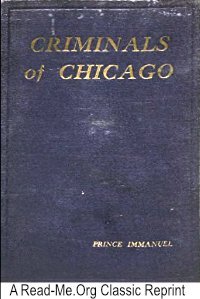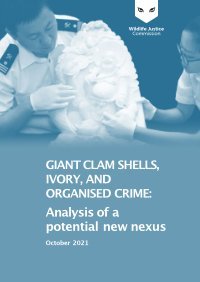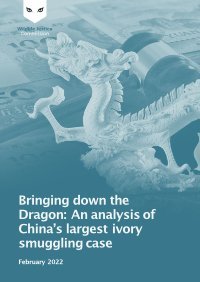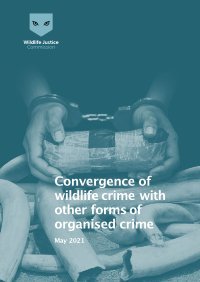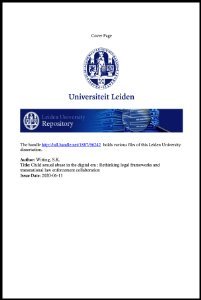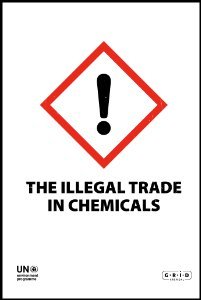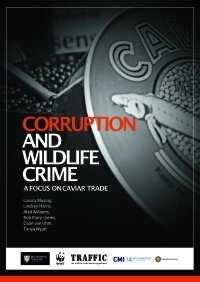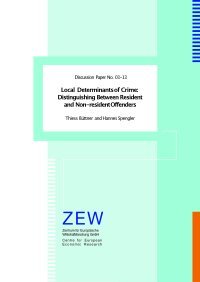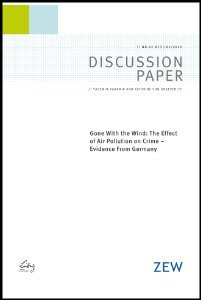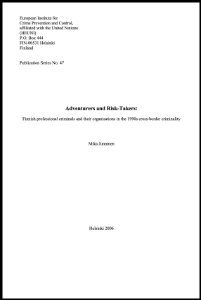By Mika Junninen.
This study concentrates on Finnish professional criminals1 and their organisations in Finland and in cross-border crime operations. It is based on qualitative empirical material. The basic idea of this study was developed when working on the study “Crime across the Border - Finnish Professional Criminals and Estonian Crime Opportunities” (Junninen 1999). In the course of that study, it became clear that some Finnish professional criminals are working closely together and taking advantage of the national border, and have a good relationship with the Estonian underworld when committing crimes either in Finland or in Estonia. In the present study, I focus on 14 different Finnish groups active in the 1990s in smuggling (alcohol, tobacco and drugs), and/or procuring prostitutes, and/or handling stolen goods. The objective was to gather collective information about the world of the Finnish professional criminals by studying the personal characteristics of the group members, the crimes they commit, and the structures of the criminal groups. According to Finnish police sources, Finnish professional criminals have in recent years widened their scope of activity, become more violent and started to work more closely together (Häkämies 1999). In the overviews made by the Finnish National Bureau of Investigation, when EU standards for defining organised crime groups2 are applied, there were 27 organised crime groups active in Finland in 1999. The number of such groups has increased rapidly: in 1995, police identified only 10 active groups in Finland. (NBI 2000)3 . In addition, the criminal justice system operators of the European Union countries have paid attention to the growing organised crime problem and its impact on the work of the judges and prosecutors in member countries. In consequence, the EU created a European justice network in Amsterdam in 1997. In the network meetings, judges and prosecutors practise co-operation of authorities for solving cases where an organised crime group is operating in several EU countries. (Vallisaari 1997.) The global and national lack of information and studies concerning organised crime in general, and the internal and international relations of its participants made this research phenomenon more interesting and challenging.
Helsinki: European Institute for Crime Prevention and Control (HEUNI), 2006. 202p.



